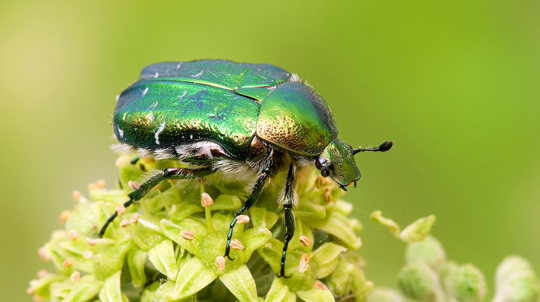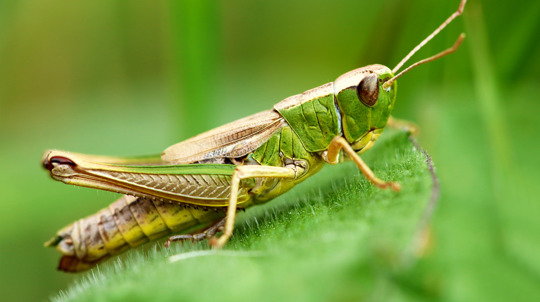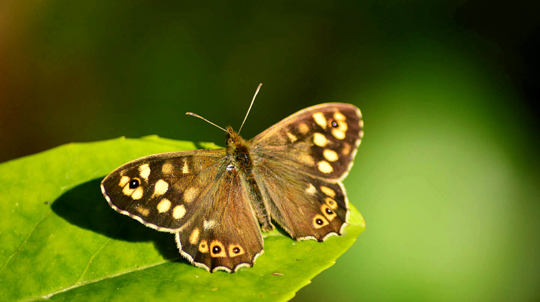Common UK ladybird identification and facts

Content manager
There are 26 types of ladybird in the UK, many of which can be spotted in gardens and woodland. Learn to tell who's who with our quick and easy guide to the some of the most commonly encountered species.
7-spot ladybird (Coccinella septempunctata)
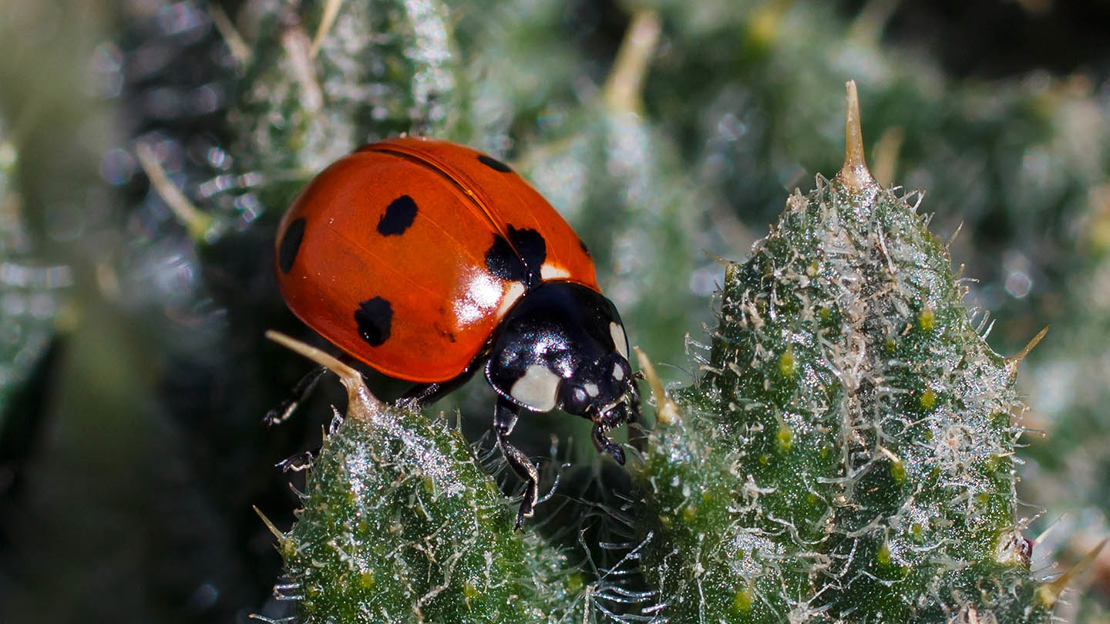
Appearance
The 7-spot ladybird is our most recognisable species. Always has seven black spots which can vary in size and black legs.
Size
5-8mm.
Where to find it
Common and abundant across the UK. Often found overwintering indoors or in dry, sheltered crevices such as beneath tree bark.
What it feeds on
Voracious predator of aphids and an excellent natural pest controller for gardeners.
2-spot ladybird (Adalia bipunctata)
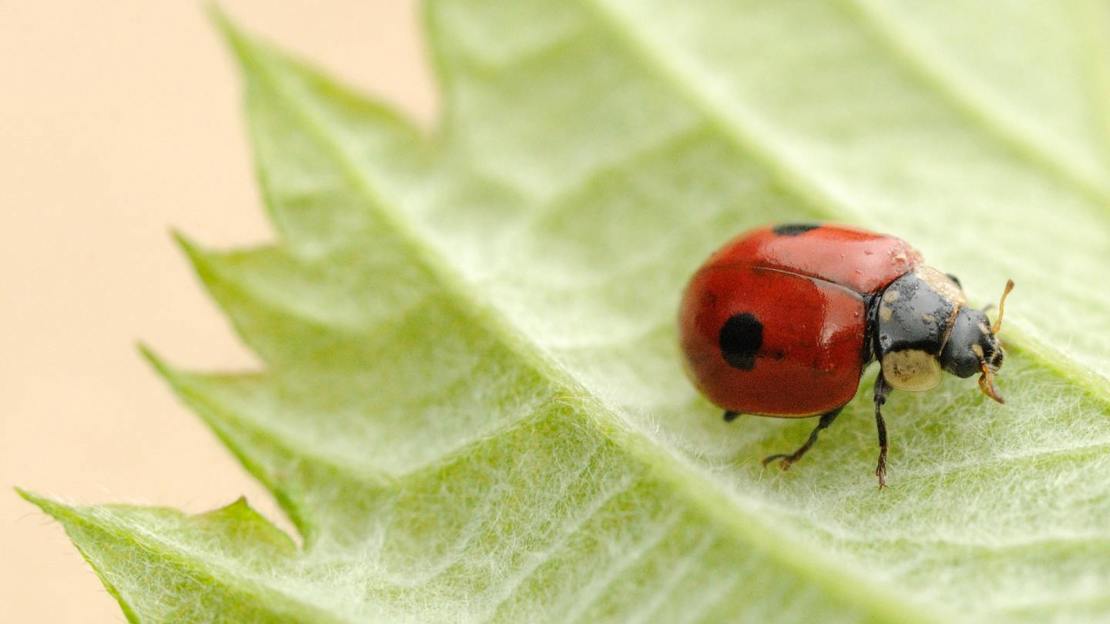
Appearance
Smaller than the 7-spot ladybird and usually with just one spot on each wing case. Can sometimes be black with red spots. Also has black legs.
Size
3-6mm.
Where to find it
Common and widespread across the UK. Often encountered in gardens.
What it feeds on
Loves to snack on aphids.
Harlequin ladybird (Harmonia axyridis)
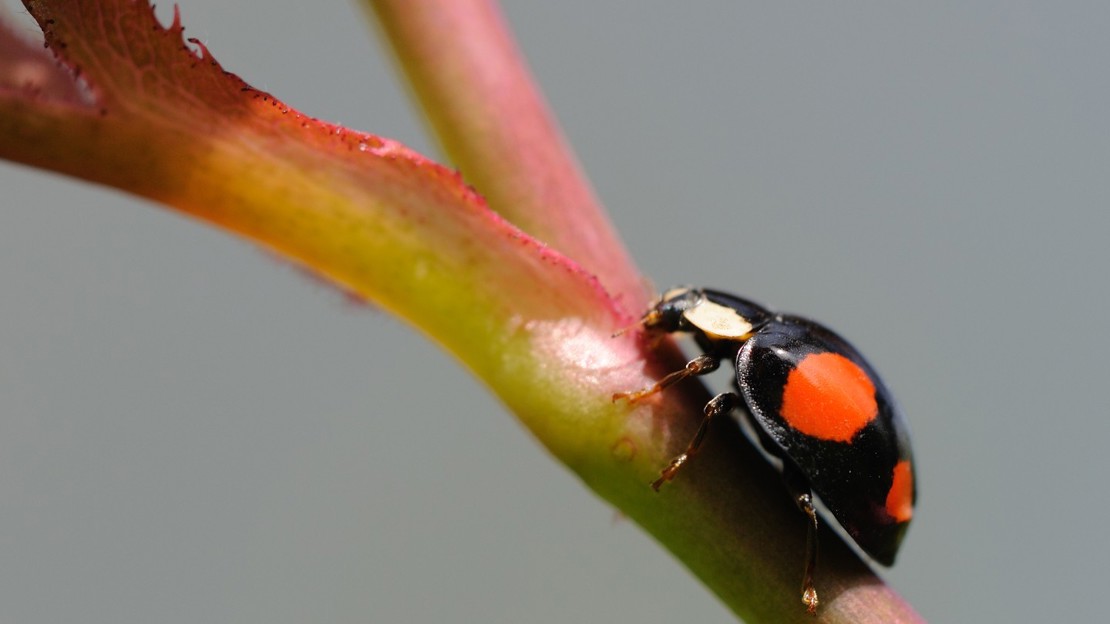
Appearance
Very variable in appearance, with differing numbers of spots possible. Some forms are black with red spots and others red with black spots. Look for their brown legs to distinguish them from other similar-looking ladybirds. Some also have a distinctive M-shape behind their heads.
Size
8-10mm.
Where to find it
A non-native Asian species first spotted in the UK in the early 2000s. It has quickly become established across England, Wales and parts of Scotland and is now one of our most common species.
What it feeds on
Aphids as well as the eggs and larvae of other ladybirds.
Pine ladybird (Exochomus qadripustulatus)
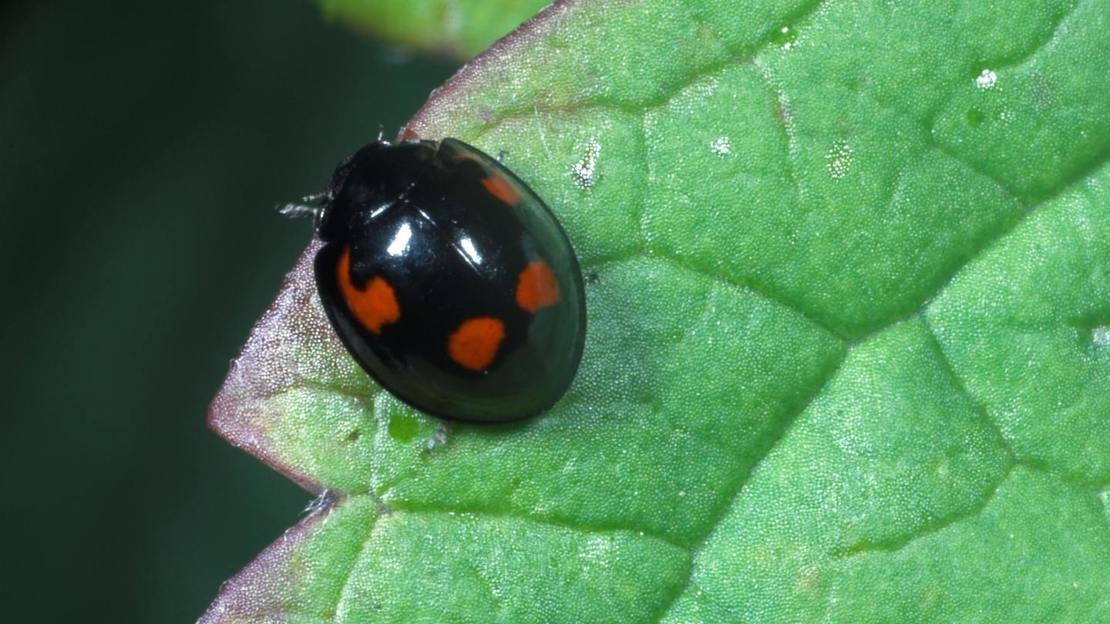
Appearance
Also known as the the 4-spot ladybird for its four red spots. The two nearest the head are comma shaped. The rest of the body and head is entirely black and the edges of the wing cases have a pronounced lip. Not to be confused with dark forms of the harlequin ladybird.
Size
3-4.5mm.
Where to find it
Common on pines (particularly Scots pine) and other conifers. Most frequent the south of the UK, but absent from Northern Ireland. Also sometimes found around some deciduous trees.
What it feeds on
Aphids and other small insects.
14-spot ladybird (Propylea quattuordecimpunctata)
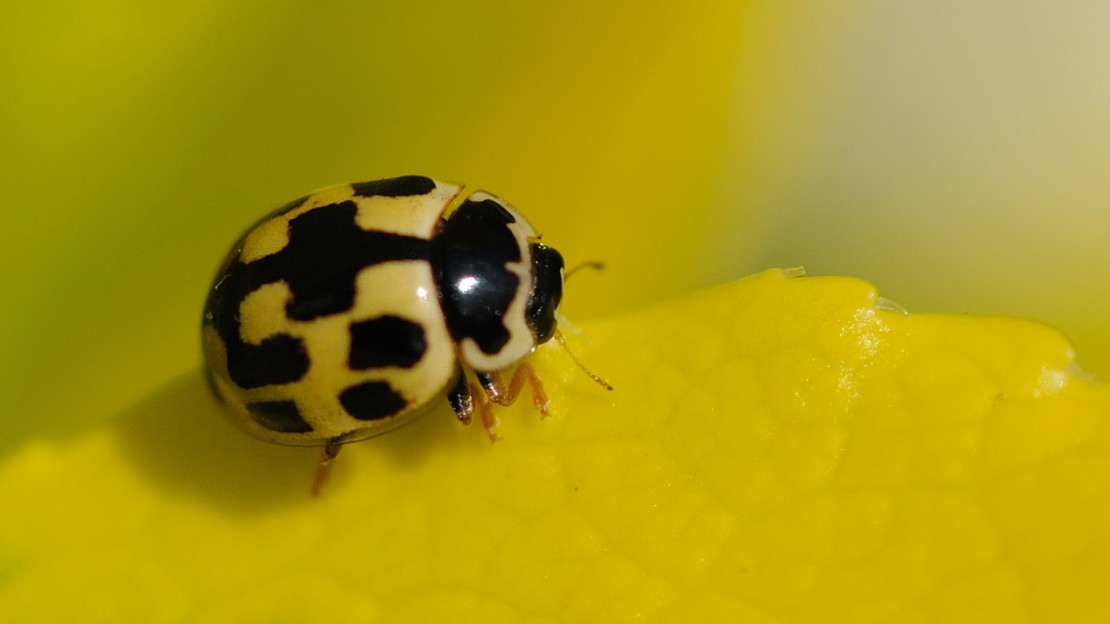
Appearance
A small ladybird which is easily overlooked. Yellow with black, rectangular spots that often merge together. Can have between 4-14 spots.
Size
4-5mm.
Where to find it
Our most common yellow and black ladybird. Widespread and often found in grassland and gardens.
What it feeds on
Aphids and other small insects.
Orange ladybird (Halyzia sedecimguttata)
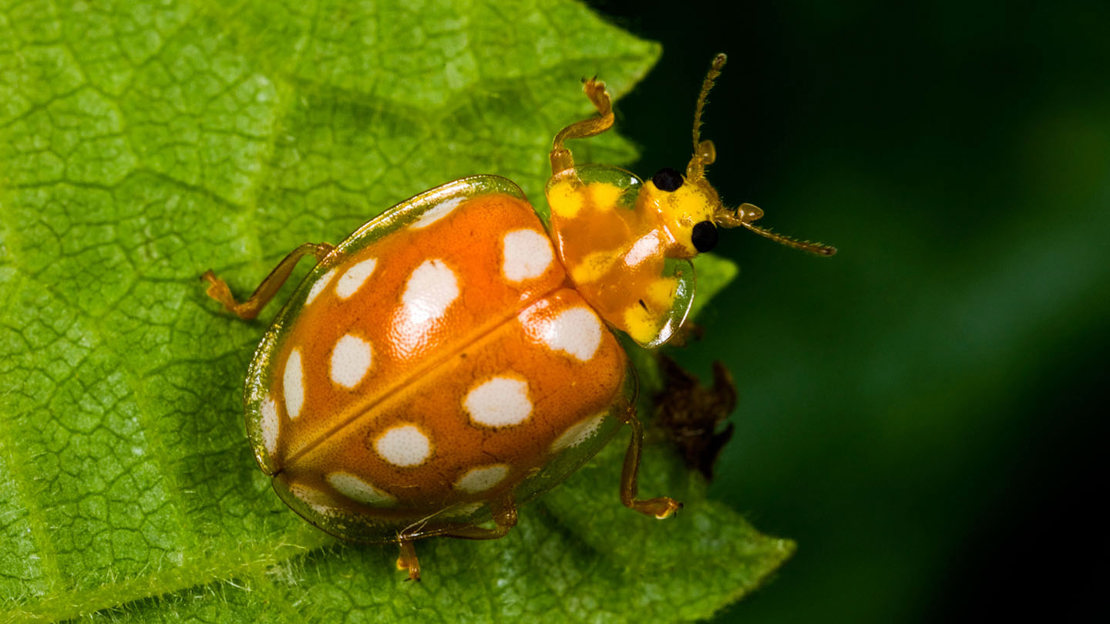
Appearance
The orange ladybird has between 12-16 white spots on orange wing cases (which are lighter in colour than the similar-looking cream-spot ladybird).
Size
5-6mm.
Where to find it
Often associated with ancient woodland but also found among sycamore and ash trees. Their numbers are on the increase and they are now widespread, although less frequent in Scotland.
What it feeds on
Mildew on the leaves of deciduous trees.
Cream-spot ladybird (Calvia quattuordecimguttata)
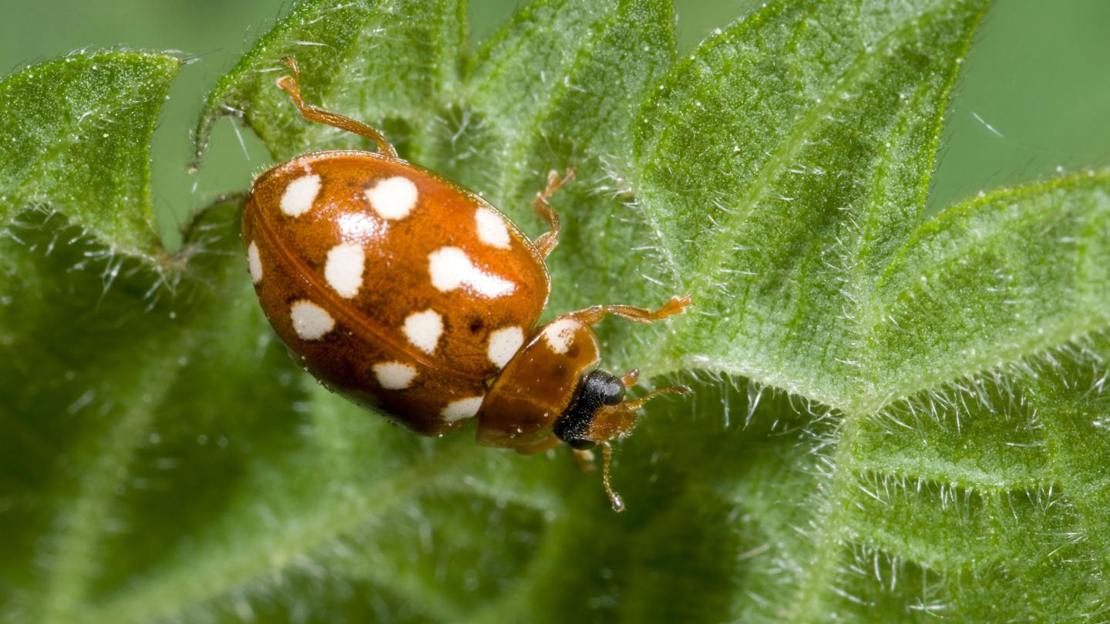
Appearance
Dark orange wing cases with 14 creamy white spots. Distinguished from the similar orange ladybird by the row of three spots on each wing case.
Size
4-6mm.
Where to find it
Widespread across the UK. Found on deciduous trees, shrubs and hedgerows.
What it feeds on
Blackfly aphids.
Eyed ladybird (Anatis ocellata)
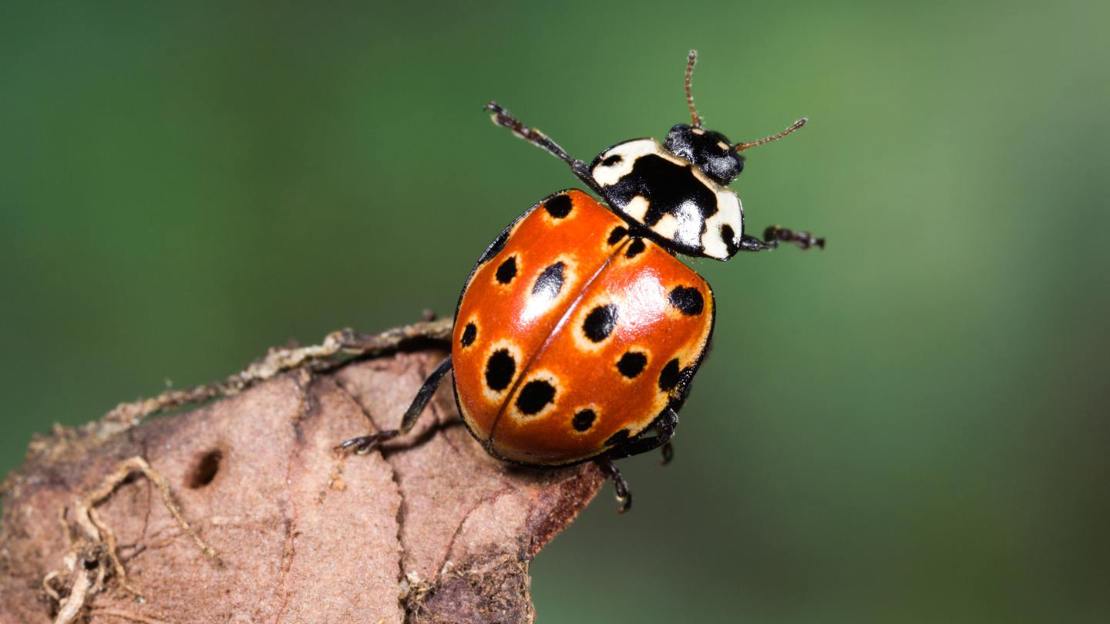
Appearance
The UK's largest ladybird. Numbers of spots can vary but there are usually 15 or 18, each surrounded with a pale ring (although not always).
Size
8-10mm.
Where to find it
Widespread across the UK and usually found around pine trees, particularly Scots pine. Overwinters in leaf litter and soil.
What it feeds on
Aphids.
22-spot ladybird (Psyllobora vigintiduopunctata)
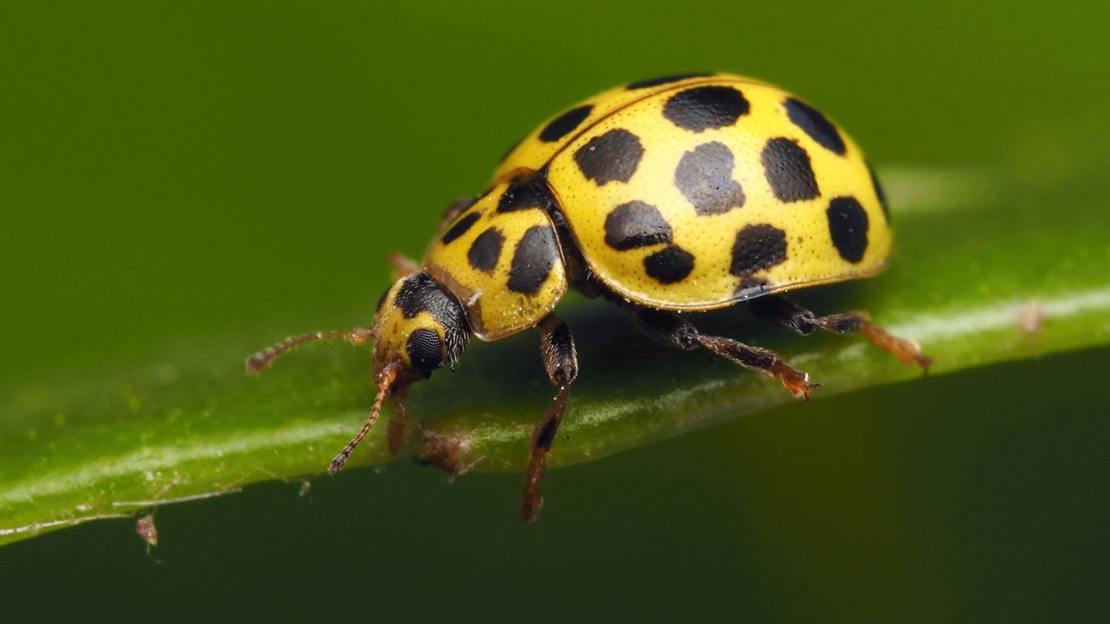
Appearance
One of our smaller ladybirds. Has bright yellow wing cases with 22 neat black spots.
Size
3-4mm.
Where to find it
Frequent across England but more scarce in Wales and Scotland. Found in gardens and grassy areas, particularly where hogweed is present.
What it feeds on
Mildews.


